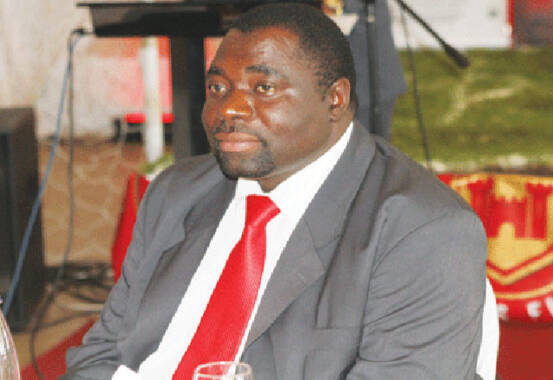JUST IN: Emergency Road Rehabilitation Programme progressing well

Mashudu Netsianda, Senior Reporter
THE implementation of the second phase of the Emergency Road Rehabilitation Programme (ERRP) is progressing well with the Government having rehabilitated more than 7 000km of road network across the country so far.
An equivalent of US$400 million has been set aside for the national project earmarked for three years.
Government has since mandated the Department of Roads to take over 500km of roads from urban councils.
According to the timelines set for this year, 840km of roads across the country will be rehabilitated and reconstructed, while 8 340km will be re-gravelled with 17 093km of road network set to be regraded. The Government will reseal 1 290km of roads, reconstruct 427 drainage structures and work on 24 830km of erosion works and drains across the country.
Under the Infrastructure, Utilities and Digital Economy cluster, Zimbabwe’s economic blueprint, the National Development Strategy (NDS 1) prioritises completion of road rehabilitation projects.
NDS 1 notes that “a road can become an economy” and in this regard, focus will be on development of feeder roads into communities as a way of developing underdeveloped remote areas.
Government declared a state of national disaster for all roads in February and subsequently launched the ERRP2 in April under a budget of $33,6 billion.
Over 10 000km of roads would be rehabilitated under the programme.
In her post Cabinet briefing yesterday, Information, Publicity and Broadcasting Services Minister, Monica Mutsvangwa, said there are notable achievements in the programme.
“Regarding the Emergency Road Rehabilitation Programme 2 (ERRP 2), Government wishes to advise that implementation of the programme is work in progress, with some notable achievements having been recorded,” she said.
“The works being carried out on the roads, which were declared a state of emergency, fall into the following categories: rehabilitation and construction; reseals; re-gravelling; spot re-gravelling; grading; drainage structures repair and construction; wash-away and gulley reclamation; erosion works and drains; verge clearing; and pothole patching.”
Minister Mutsvangwa said 7 515 km out of the targeted 13 313 km of the road network had been pothole patched, while 4 115km had been graded, 874 km re-gravelled and 164km rehabilitated or constructed.
In Bulawayo, the city council completed the asphalt overlay over Fife Street, while in Matabeleland North, 33km of the Hwange-St. Mary’s-Luseche Road was re-gravelled by the District Development Fund (DDF) and 6 km was surfaced.
Progress has also been recorded in Mashonaland West Province where the DDF has so far surfaced 10km of the Karoi-Binga Road from Chivakanenyama Secondary School to Zvipani Rural Business Centre.
In Manicaland, the surfacing of 15,5 km of the Kopa-Jopa Road had been completed while surfacing of the remaining 10km on the Marange-Zvipiripiri Road is expected to be completed by June 30. In Mashonaland East, construction of the Monte Casino Bridge was completed and awaits commissioning.
Minister Mutsvangwa said the rehabilitation of 14 km in Masvingo, putting up of road signs and carriageway markings as well as drainage and vegetation control had been completed on more than 7 km of the Chivi-Mhandamabwe Road.
She said Government will provide on-site and off-site infrastructure on Garikai/Hlalani Kuhle Housing Schemes which lack the services.
The Minister said stalled projects such as Lupane Composite Office, Siakobvu Composite Office block, Hwedza Composite Office block and Mutoko Composite Office block, will now be implemented under the Enhanced Committee on Emergency Preparedness and Disaster Management to speed up implementation.











Comments